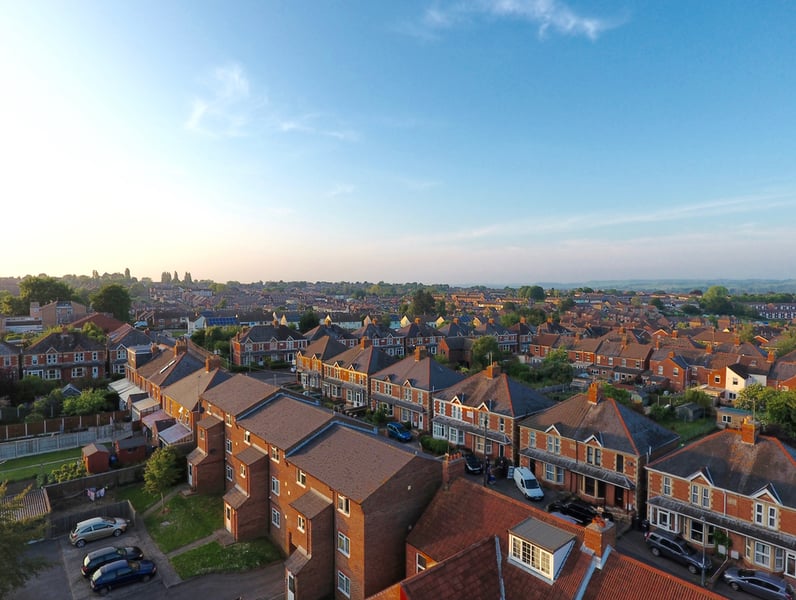Survey data suggests that new buyer enquiries and consumer confidence have remained subdued in recent months.

Annual house price growth remained below 1% for the seventh consecutive month in June, at 0.5%, the Nationwide House Price Index has found.
Survey data suggests that new buyer enquiries and consumer confidence have remained subdued in recent months. Nevertheless, indicators of housing market activity, such as the number of mortgages approved for house purchase, have remained broadly stable.
Robert Gardner, Nationwide's chief economist, said: “Housing market trends are likely to continue to mirror developments in the broader economy.
“While healthy labour market conditions and low borrowing costs will provide underlying support, uncertainty is likely to continue to act as a drag on sentiment and activity, with price growth and transaction levels remaining close to current levels over the coming months.”
Kevin Roberts, director, Legal & General Mortgage Club, added: “Despite wider political uncertainty, demand for property remains high with many Britons still aspiring to become homeowners.
“Slower house price growth and the current low interest environment has encouraged many prospective buyers to make their first step onto – or up - the property ladder. Increased competition from lenders has also driven mortgage rates down, helping many to secure finance.”
Northern Ireland remained the strongest performing home nation in Q2, with annual price growth rising to 5.2%, from 3.3% last quarter.
Wales also saw a pick up to 4.2%, from 0.9% in Q1. Price growth in Scotland was more subdued, at just 0.4% year-on-year. Nevertheless, England remained the weakest performing home nation, with prices essentially flat compared with a year ago.
Looking across England, the Outer Metropolitan was the weakest performing region in the three months to June, closely followed by the Outer South East, with annual price declines of 1.8% and 1.6% respectively.
Prices also fell in London for the eighth quarter in a row, though the annual pace of decline moderated to 0.7%, from 3.8% last quarter.
Elsewhere in England, annual price growth remained relatively modest in Q2, with Yorkshire & Humberside the best performing region, with a 3% year-on-year rise.
House price growth acrossNorthern England,includingtheNorth West, Yorkshire & Humberside, East Midlands and West Midlands, averaged 2.1%, remaining ahead of that in theSouth, London, Outer Metropolitan, Outer South East and East Anglia, which experienced a 0.7% fall.
Sam Mitchell, chief executive of online estate agent Housesimple, said: “It’s remarkable, given the heightened political uncertainty in the UK surrounding Brexit, that we are still seeing growth in house prices at all.
“Albeit marginal, this growth demonstrates the resilience of the UK property market, and is a reflection of the underlying more favourable economic factors like low unemployment and low interest rates.
“Importantly, these latest figures indicate that the north-south divide is becoming ever more stark. While London and the south east are being hit as the perfect storm of political uncertainty and a punitive stamp duty regime for second home ownership strikes, Northern regions are experiencing consistent growth.
“We’re also seeing markets in the north, where affordability looks to be more reasonable and continues to perform well with plenty of buyers and sellers active.”
Jeremy Leaf, north London estate agent and a former RICS residential chairman, added: “These figures show the market remains in limbo at present awaiting political direction and more certainty but no real movement one way or the other.
“Encouragingly, both prime ministerial contenders seem to recognise the importance of housing market activity to economic prosperity, irrespective of Brexit.
“At the sharp end, many buyers in particular are still cautious but looking beyond 31 October whereas successful sellers are facing up to sometimes unpalatable offers in order to move on.”



